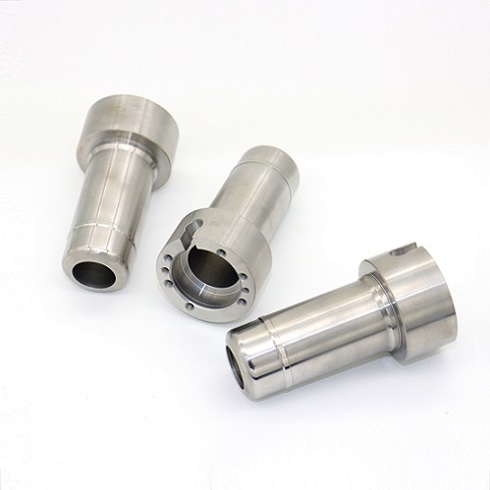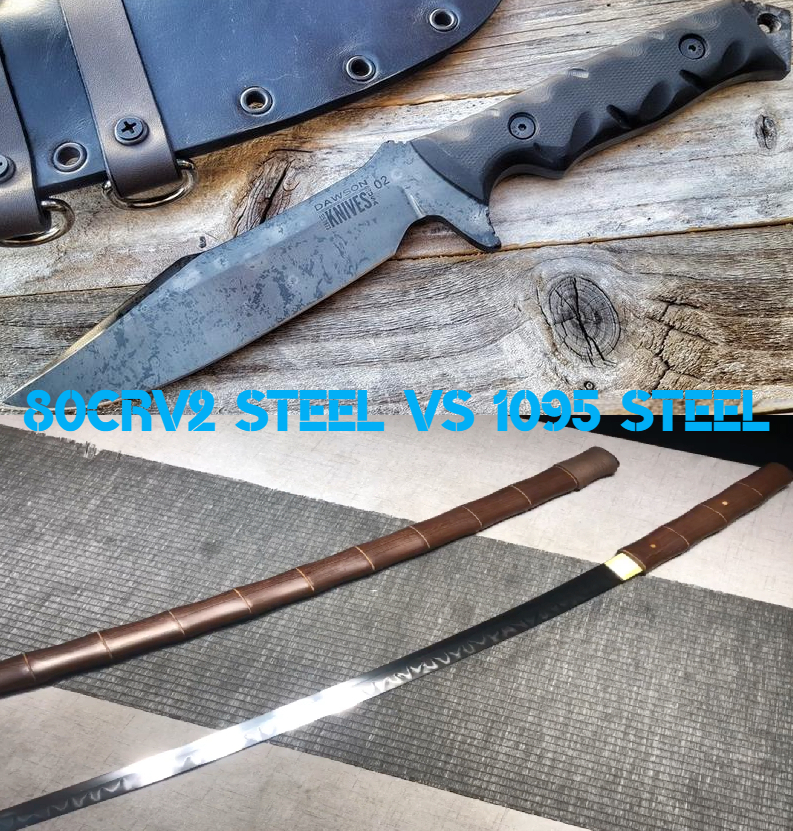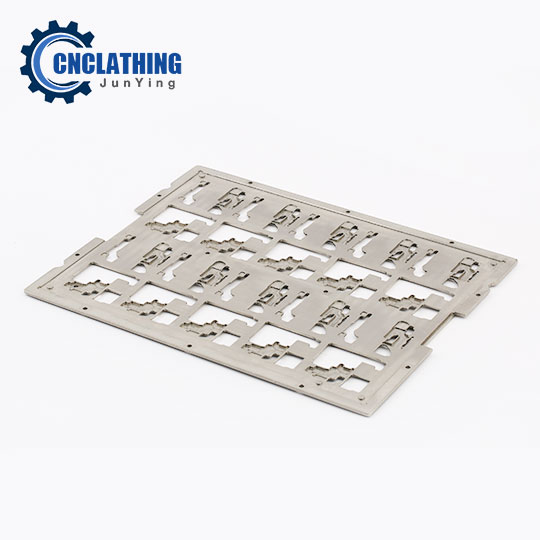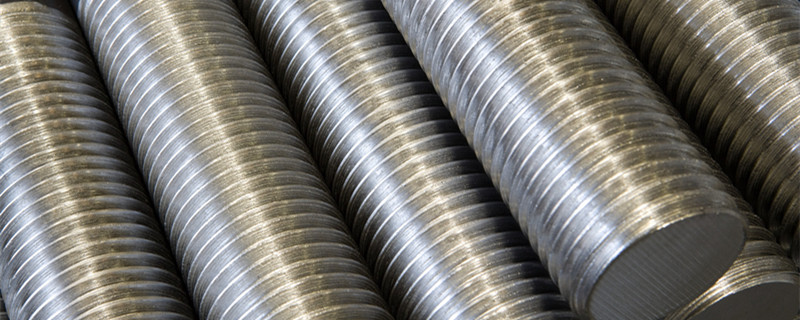- Home
- Machining techniques
- CNC Machining Services
- Cooperative supply services
- Designs
- Materials
- Finishing Services
- Shop
- Products
- Guide
- About Us
- Contact Us
2022.6.16
Titanium and stainless steel are both utilized in lots of industrial and commercial applications, the primary difference between titanium and stainless steel starts from their composition and characteristics. They also have different performances in CNC machining and other fabrication processes. In this article, let’s dive into titanium vs stainless steel, what are the differences and which one should you choose for your project?
Titanium (Ti) is a chemical element, atomic number 22. It is a silver transition metal. It is characterized by lightweight, high strength, metallic luster, and good corrosion resistance (seawater, chlorine, etc.). Its excellent physical and chemical properties make it widely used in aerospace (fuselage and engine), petrochemical (condenser and heat exchange tube), national defense and military industry (missile rocket), medical biology (artificial bone), and other high-end fields. Titanium alloy is an alloy based on titanium and other elements. At room temperature, titanium alloys have three kinds of matrix structures, which can be divided into the following three types: alpha titanium, alpha-beta titanium, and beta titanium.
Iron base alloys containing more than 10.5% chromium are called stainless steels. Stainless steel is composed of stainless steel and acid-resistant steel. Stainless steel is an alloy composed of chromium (Cr), nickel (Ni), silicon (Si), manganese (Mn), nitrogen (N), and other different components. The different proportion of each component determines the characteristics of the final steel, that is to say, different stainless steel types. Among them, Cr is the most important element in the composition of stainless steel at present. When the content of Cr reaches 12% or more, it indicates that it has the characteristics of stainless steel. The higher the content of Cr, the stronger the corrosion resistance of steel. As an important element in stainless steel, Ni is second only to Cr. The combination of Ni and Cr can further enhance the rust resistance and corrosion resistance of stainless steel, and Ni plays a certain role in oxidation resistance.

1. Elemental Composition
The most significant difference between titanium and stainless steel is the elemental composition, titanium mainly alloys with titanium, containing other elements that vary in composition between 0.013 and 0.5%, including nitrogen, hydrogen, oxygen, carbon, iron, and nickel. Stainless steel is composed of 11% chromium and other elements ranging from 0.03% to over 1.00%, including aluminum, silicon, sulfur, nickel, selenium, molybdenum, nitrogen, titanium, copper, and niobium.
2. Color
Titanium and stainless steel are both silver or gray, but titanium looks darker than stainless steel.
3. Physical, Chemical, and Mechanical Properties
– Melting Point: titanium has a melting point of 1650 – 1670°C, while stainless steel exhibits 1230 – 1530 °C.
– Corrosion resistance: titanium is more corrosion-resistant than stainless steel in a wide field.
– Electrical conductivity: stainless steel has a higher conductivity than titanium.
– Hardness: in most cases, stainless steel is harder than titanium.
– Density: titanium has an excellent strength-to-weight ratio, its density is half of that of stainless steel, and much lighter.
– Yield strength: stainless steel has a higher yield strength than titanium, so it is more suitable for applications that need overall strength.
– Tensile strength: stainless steel has a higher ultimate tensile strength than titanium.
– Shear strength: titanium shear stress is rated between 240 to 335 MPa while the stress of stainless steel is rated between 74.5 to 597 MPa.
4. Machinability (Machining titanium vs stainless steel)
Stainless steel has a much higher elastic modulus than titanium, so stainless is readily machined and titanium is more difficult to machine. In addition, in titanium machining, the metal is easy to flex and deform, while stainless steel does not bend under stress.
5. Cost
Generally, titanium is more expensive than stainless steel, if the price is the first priority, titanium is probably not the best choice.
6. Applications
Common applications of titanium:
– Aerospace Applications: due to its lightweight and high-temperature resistance, it provides a variety of aircraft-grade titanium alloys for the aerospace industry to manufacture aircraft turbine disks, blades, and fuselage structural components.
– Medical application: titanium is widely used in artificial bone, artificial joints, artificial teeth, and other human implants due to its weak rejection reaction with human tissues.
– Entertainment uses: titanium distributors are rapidly discovering a wider range of uses for titanium tubes in entertainment products, including sports equipment such as bicycles, golf clubs, and tennis rackets.
– Decoration and beautification: titanium sheet metal and wire have become attractive substitutes for other special metals used in the jewelry industry, especially wedding jewelry.
– Automobile industry: the lightweight, high strength, and other properties of titanium have long been a concern by automobile manufacturers. Titanium has been used in racing cars for many years. At present, almost all racing cars use titanium
– Marine industry: in seawater, titanium has incomparable corrosion resistance to other metal materials, especially the high-speed scouring corrosion of seawater.
Common applications of stainless steel:
– Medical industry: due to its excellent comprehensive performance, increasingly mature manufacturing technology, and low cost, stainless steel is used more and more widely in the medical field, including stainless steel needles, stainless steel scalpels, stainless steel wheelchairs, stainless steel infusion racks, stainless steel medical tweezers, etc.
– Electronic industry: stainless steel has good mechanical and physical properties, and has been widely used in the electronic field. For example, the present water heaters are made of stainless steel, and the heating pipes of coffee machines are also made of stainless steel pipe fittings. There are others. In daily life, more and more common products are made of stainless steel.
– Food industry: stainless steel tableware and stainless steel fluid pipes are the most representative in the food field. Stainless steel straw has gradually replaced plastic straws. After all, stainless steel straw is more environmentally friendly than plastic straw and more in line with the current social development trend. In the past, I may have worried about the unsanitary stainless steel. However, food-grade stainless steel has long been firmly established in the food field.
– Automobile: the automobile field is the fastest-growing stainless steel application field at present. The main manufacturing material for automobile production is basically stainless steel. It is mainly used in bodies, exhaust systems, fuel tanks, stainless steel parts of frames, and automobile decoration. Due to the large demand for automobiles for stainless steel, the automobile industry is basically one of the main forces for the development of stainless steel.
– Architectural decoration: stainless steel pipes were used earlier in the field of architectural decoration. With the economic growth and the improvement of people’s living standards, stainless steel is gradually used in hotels, commercial buildings, stadiums, churches, municipal administration, and bridges.
 Spring Material Types (Properties, Grades, Uses) & Best Selection for Your Project
Spring Material Types (Properties, Grades, Uses) & Best Selection for Your Project
 80CrV2 Steel vs 1095 Steel: Differences in Composition, Properties, Use, Price & More
80CrV2 Steel vs 1095 Steel: Differences in Composition, Properties, Use, Price & More
 Polyamide Vs. Nylon Vs. Polyester: Properties, Uses, Advantages & Disadvantages
Polyamide Vs. Nylon Vs. Polyester: Properties, Uses, Advantages & Disadvantages
 Titanium Alloy Types and Properties | Alpha Titanium, Beta Titanium and Alpha-Beta Titanium
Titanium Alloy Types and Properties | Alpha Titanium, Beta Titanium and Alpha-Beta Titanium
 What is Mild Steel: Composition, Properties, Density, Grades, Types, Uses
What is Mild Steel: Composition, Properties, Density, Grades, Types, Uses
 2024 Aluminum vs 6061: Differences in Properties, Strength, Corrosion Resistance, Use, Cost
2024 Aluminum vs 6061: Differences in Properties, Strength, Corrosion Resistance, Use, Cost
